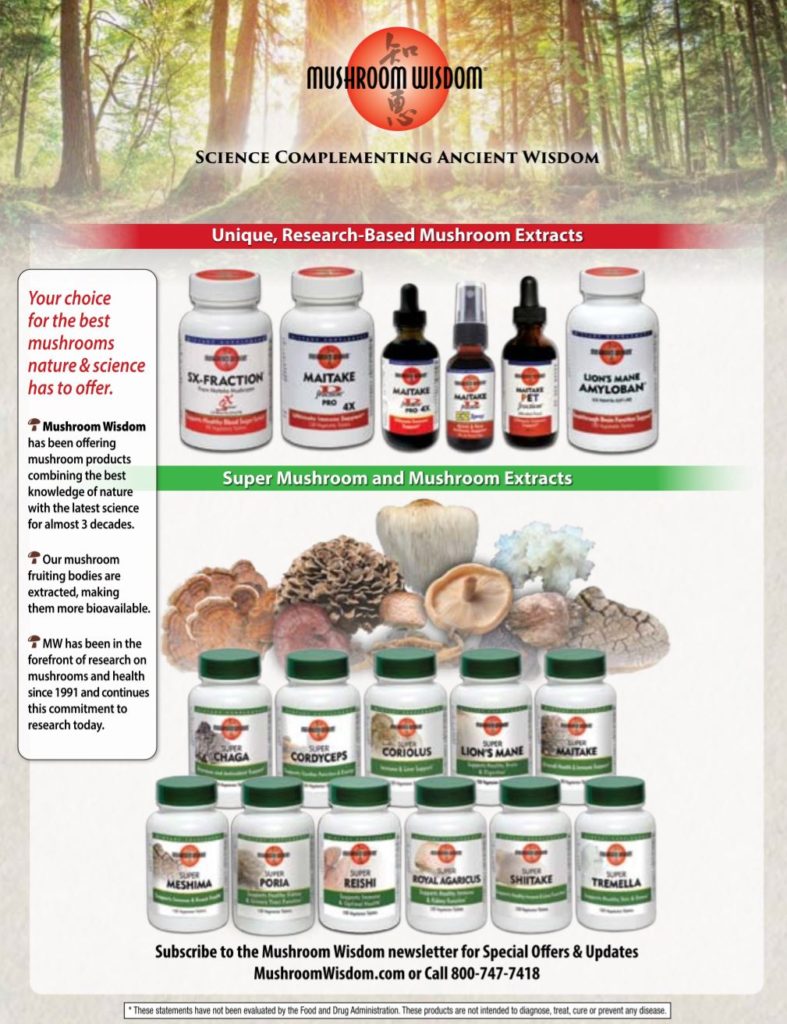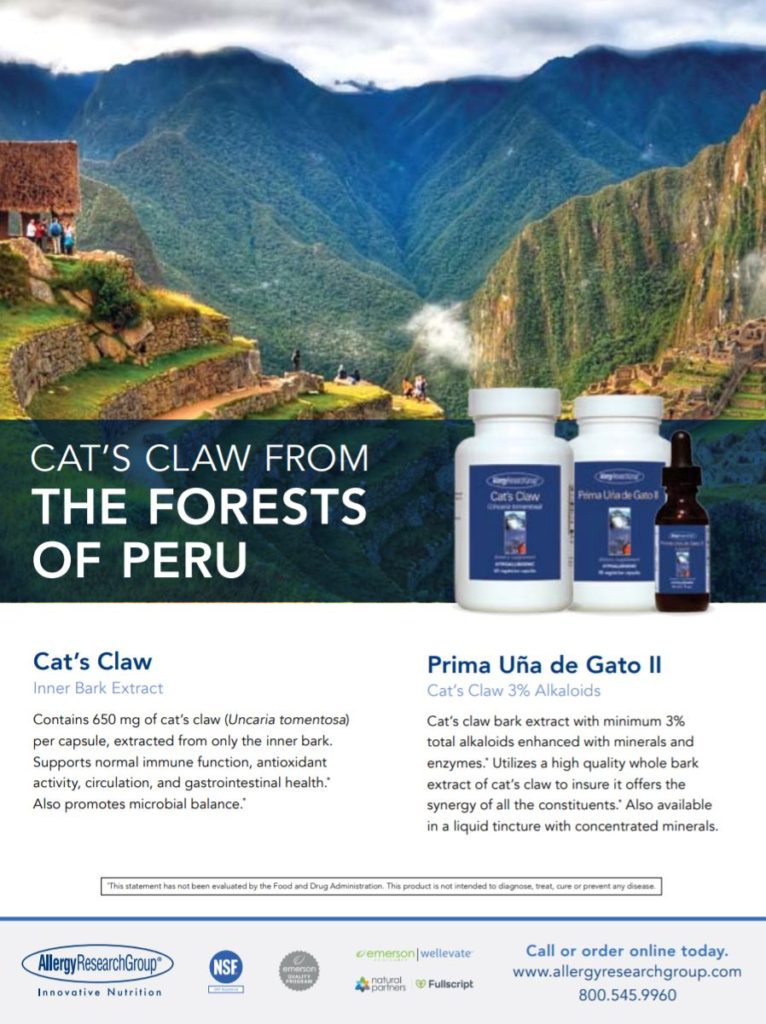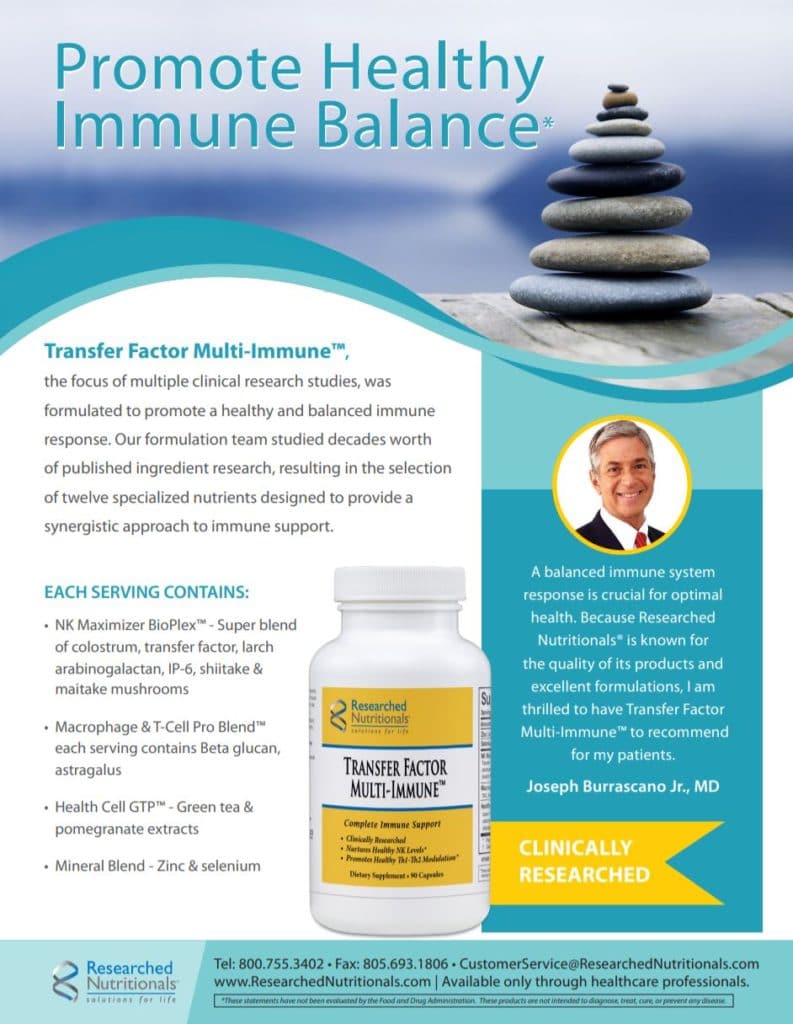By Ira L. Goodman, MD, FACS, ABIHM, FAARM
We all have an idea of what illiteracy is. In its extreme, it’s the inability to read, either because of a neurological defect or a lack of education. Literacy, however, exists on a spectrum. What if someone knows how to read but simply doesn’t? Are they literate? As Mark Twain famously said, “The man who does not read good books has no advantage over the man who cannot read them.” What if someone reads nothing but comic books and pulp fiction; are they literate? I say no. Reading is a skill that must be used properly and focused on the writings of the leading thinkers in whatever field you are concerned with. Internet banners, local rags, and biased advertisements do not count. A literate person chooses what to read intelligently and can distinguish the wheat from the chaff.
Numeracy is the same concept applied to numbers. In the extreme, an innumerate person cannot utilize numbers to perform simple addition or other math facts. Numeracy, however, involves far more than simple arithmetic. lt involves basic algebra, statistics, knowing how to relate numbers to the real world, and being able to know what numbers really mean qualitatively as well as quantitatively. lt involves knowing relationships, ratios, real-world implications, and a sense of relative importance. Ultimately, in medicine, numeracy is the ability to read medical literature, know statistics, and be able to translate the numbers into clinical relevance. From what I have observed, innumeracy is rampant in medicine. This is a fact that is very much exploited by Pharma, although the alternative world does it as well. Just look at the medical literature of today, filled with statistical noise meant to confuse and Influence the reader into whatever the sponsoring company wants to prove. Compare this with the medical literature of 50 or 60 years ago, which was much clearer and clinically useful. The well-known book written in 1954, How to Lie with Statistics, by Darrell Huff, speaks to this very phenomenon. How else can you explain, for example, that the community standard for treating elevated cholesterol is giving a class of drugs that “work” less than 1% of the time for primary prevention – which is the main reason statins are used? Would that be done with an analgesic? How about an antibiotic? Hardly!
Terms such as relative risk, absolute risk, p values, confidence intervals, number needed to treat (NNT), number needed to harm (NNH), likelihood ratios, statistical significance, or clinical significance are poorly understood by most physicians. This makes them vulnerable to inaccurate conclusions contained in abstracts and articles, conflate clinical and statistical significance, and otherwise reach the wrong opinions or even make erroneous treatment choices. It’s the thought Leaders’ bread and butter. How else could you explain how a highly educated, extremely intelligent, and motivated group such as physicians gets led astray by commercial interests? They know that physicians do not understand these statistical concepts and for the most part are embarrassed to admit it’ so they go along with the group led by the carefully groomed and well-paid thought leaders. They read only the abstracts. Statin use is a case in point, but it’s used with almost all drugs.
The mantra of evidenced based medicine (EBM] is shouted from the rooftops despite the fact that there has been no study showing that EBM actually works better than plain ordinary clinical judgment based on past experience. lt would be an easy study to design. Just compare the clinical results between 2 sets of patients with the same issue – one treated by the best available “evidence” and the other by the clinical experience of the provider. EBM is a starting point. The reaction of an individual patient is much more important. Customized treatment vs. protocols by cookbook. lt’s the difference between what “should” work and what actually does work.
Many fully accepted drugs and procedures, such as aspirin, thyroid, and many cardiac interventions, have never been studied by RCT (randomized controlled trials)’.
When deciding whether to put a given patient on a statin for primary (or even secondary) prevention, the trials are paraded out with all their acronyms. The results are sold to the provider, who in turn exponentially increase the drug’s use, even though most of the physicians don’t understand how misleading relative risk can be as well as the other design flaws the study may have. Harmless nutraceuticals are rarely considered, never mind lifestyle interventions.
For example, in a popular Lipitor study, the “benefit” of a statin over 4 years was reported as 28% reduction in events. This number is clinically irrelevant without the absolute numbers, which showed only a 3% difference in events.
Therefore, the NNT (number needed to treat) for this study involving secondary prevention (high risk) is over 30. The NNH (number needed to harm), however, is usually 1 or close to it. No one is spared harm from this drug. NNT is a more clinically relevant metric although it is dependent on time. lt is the number of patients who have to take the drug over a period of time to prevent one clinical event. That is much more important to a clinician than relative risk, which compares one intervention to another in cohorts which may number in the thousands. If the treatment group has 1000 members and they report 1 event in 5 years, and the placebo group with the same number (1000) report 2 events, the relative risk reduction is 2 – 1 = 1 and ½ = 50%, but the NNT is 1/1000 , or 0.1%. In other words, 1000 people need to be treated for 5 years to prevent 1 event. Meanwhile, the NNH for this drug is 1, since almost everyone has side effects, even if they are not subjective.
Ideally you want the NNH to be high and the NNT to be low so the NNT/NNH is small and preferably less than 1. That is a good intervention. In the case of statins for primary prevention, the NNT is in the hundreds and the NNH is 1, so the ratio is over 100. A bad bargain.
Typically, however, the harm is mostly ignored or chalked up to the cost of doing business and the benefit reported in relative risk terms. The patient is told, “Would you like to reduce your risk of heart attacks by 28%?” – not “You have a 1/300 chance of benefiting from this drug and a certain chance of being harmed by it.” The latter is the clinical truth, the former the statistical truth. How many physicians can ferret this out? How many have the time to read past the sales pitch (i.e., the abstract)? Medical “literature:” today, in general, is nothing more than pulp fiction, unless you know how to read between the lines and have the time to do so. Not many do. Just my opinion.







